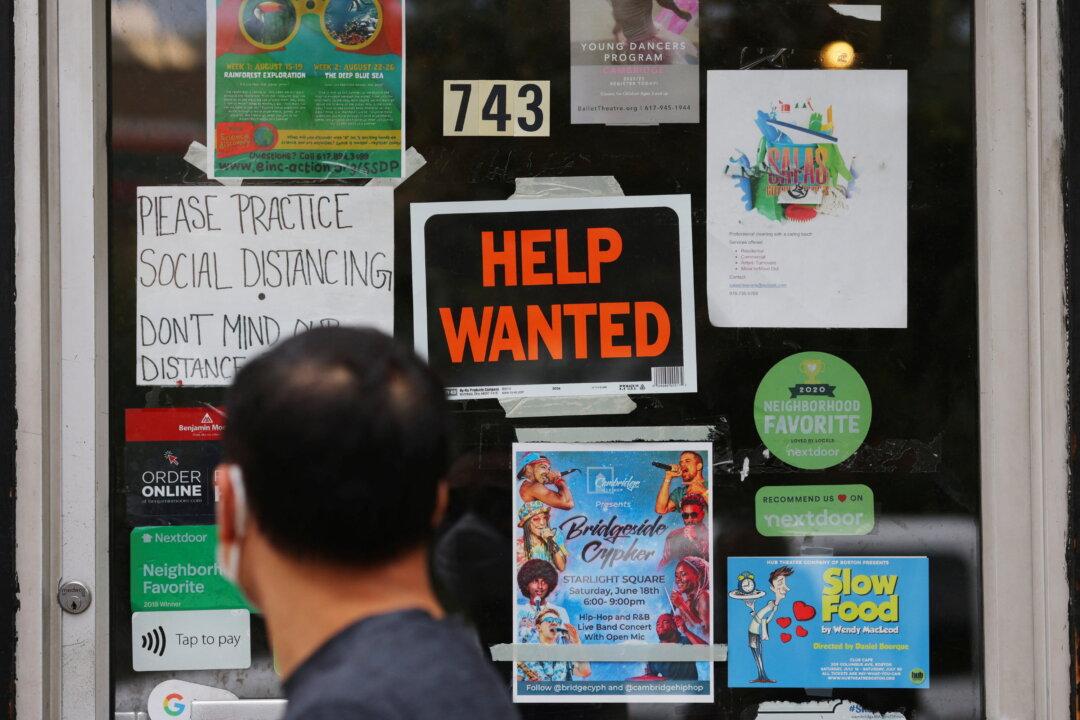Job openings in the United States inched down by around 350,000, to 10.3 million as of the last day of October, with the closely watched measure likely to get a lukewarm reception by Federal Reserve officials who have been trying to dent the labor market somewhat in their fight against runaway inflation.
The latest readings from the Department of Labor’s monthly Job Openings and Labor Turnover Survey (JOLTS) showed that the overall direction of the job vacancy measure has moved in a direction that the Fed is hoping for.





